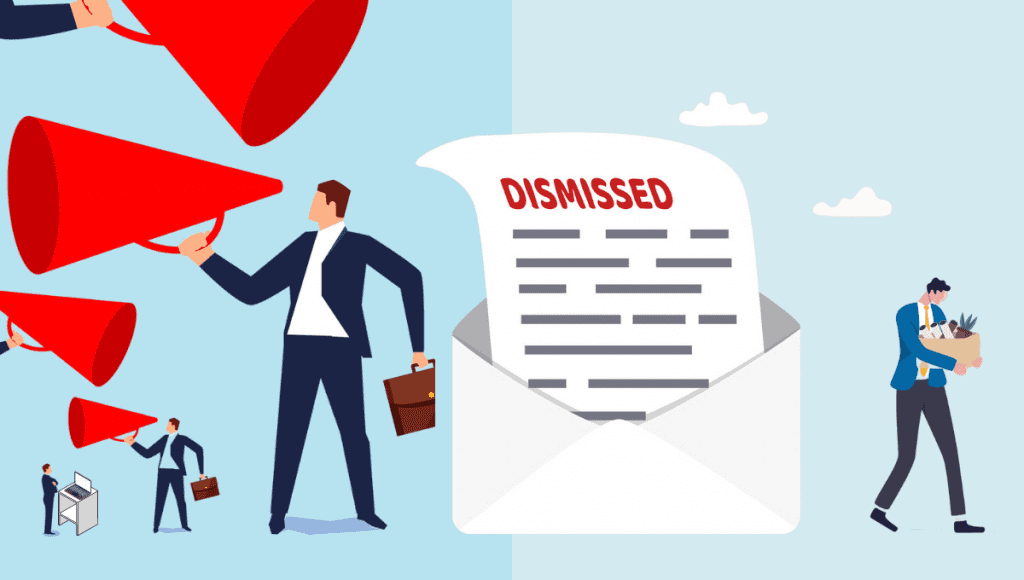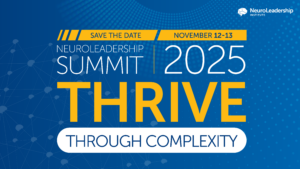As we head into spring, a common theme found in industry reports, conversations on commuter rails, and Slack chats is the reduction in the workforce. This trend alone is worrying, but to make matters worse, some organizations are choosing to announce the news in less than ideal ways: “Have you heard about the recent round of layoffs? They were let go with an email!”
Passing down a decision in this way, or directing someone else to deliver bad news, will not only impact those let go but also the rest of the workforce. Such an approach can be viewed as lacking empathy and may trigger a domino effect, leading to even more departures than the organization planned for. In a time when empathetic leadership is considered a deciding factor for success, it’s critical for leaders to deliver bad news correctly.
Playing messenger
Whether bad news comes in the form of reducing the workforce or constricting travel costs, it must be shared. The question becomes whether it’s shared personally by the leader who made the decision, by an intermediary, or just sent as an email. While the decision is almost always made from the top, there are plenty of reasons, from avoiding blame for the decision to fearing tough questions from those remaining, that leaders tend to push the job of sharing bad news onto someone else.
However, a recent study sheds light on the reason why leaders should be the ones breaking the news, and it’s about more than just appearing empathetic to the organization — it’s about experiencing empathy themselves. Research has shown that experiencing empathy — described as our ability to understand and share in the thoughts and feelings of others — requires engagement of both pain and social brain regions.
Researchers in a 2022 study explored whether experiencing empathy differs if an individual is directly delivering a punishment or is simply ordering someone else to deliver it for them. To do this, participants were placed in a leadership or intermediary role, and leaders were asked to give an order to someone else: Either send or don’t send a mild electric shock to a volunteer. Intermediaries, on the other hand, were given this same order by a leader and then passed it along to an agent, who directly delivered a shock. This created a hierarchical structure, similar to many organizations. The researchers recorded both how “responsible” the participants felt when giving the order and also the neural activity in empathy-related brain regions. They compared these findings to those of the agent who delivered the shock.
In addition to feeling “less responsible” for the pain they caused, both leaders and intermediaries displayed reduced engagement of empathy-related brain regions compared to the agents. What this means is that making a decision that ultimately hurts others doesn’t generate an empathic neural response if the person is not directly acting on that decision themselves. So, for leaders to be more empathetic, they need to face the individuals impacted by their decisions.
But even if leaders are aware of these findings, many would still choose to avoid being the bearers of bad news. A likely reason for this stems from our natural drive to maintain a positive sense of self. In order to do this, we often avoid making choices that could cause us to be blamed for a negative outcome. These kinds of decisions reflect one of our many cognitive biases: risk aversion. Here, the risk is being blamed when facing our workforce to deliver bad news. If someone else steps into our place, they could be on the receiving end of the blame (i.e., scapegoating). While it’s easy to understand why this happens, as this new research shows, it limits our ability to empathize with those around us, and as a leader, being empathetic is worth the intention.
Having empathy in the face of blame
Developing strategies to avoid scapegoating begins with accepting our susceptibility toward biased decisions and labeling which one is impacting our decisions. While these efficient processes, or cognitive biases, evolved to enable quick action and survival in our historical past, they can sometimes lead to unwanted outcomes. Pausing to accept that our actions can be influenced by unconscious drivers and labeling the bias at play allows us to regain a level of control over our future decisions and engages a set of brain regions that specialize in self-control and openness to perspectives. Here, simply acknowledging that safety biases are behind why you avoid facing your organization reveals a set of actions that can help you consider other options.
Safety biases are best mitigated by placing distance between ourselves and the decision. One way to do this is by imagining you’re making the decision for someone else, creating a third-party perspective. Alternatively, imagining the decision has been made in the past or is well into the future gives you another objective perspective. Both of these strategies engage what scientists call the brain’s “braking system,” or ventrolateral prefrontal cortex (VLPFC), which helps you regain self-control by drawing cognitive resources back to areas responsible for focused goal-directed work. In fact, research has shown that when the VLPFC is more active, people tend to make less-biased decisions.
In the end, all leaders will benefit from being more empathetic, and organizational performance may depend on it. And while we can’t avoid having to make tough decisions as leaders, we can demonstrate more control in how we share the results of the decisions.





